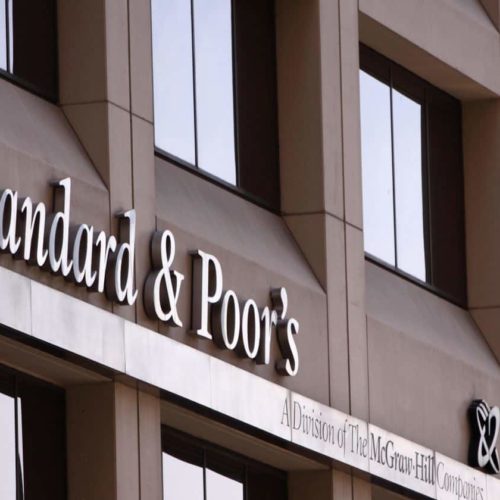Introduction
The Securities and Exchange Commission hit credit rating giant Standard & Poor’s with $77 million in fines and a one-year ban from rating certain commercial mortgage products on Wednesday for misleading investors. The agency used the announcement as an opportunity to reiterate the agency’s commitment to fixing the credit rating industry that played a large role in the financial meltdown.
“These enforcement actions, our first-ever against a major ratings firm, reflect our commitment to aggressively policing the integrity and transparency of the credit ratings process,” Andrew J. Ceresney, director of the SEC Enforcement Division said in a statement.
But as the Center for Public Integrity reported last year, the credit rating industry has managed to avoid major reforms despite being implicated in the financial crisis of 2008. Credit rating companies gave toxic mortgages triple-A credit ratings, a symptom of an industry dominated by two companies, S&P and Moody’s, who critics say put increasing market share and profit above giving accurate ratings.
U.S. Sen. Al Franken, D-Minn., praised the SEC’s enforcement action but said he remains concerned about the industry. “This settlement shows that, even after the crisis has passed, ratings agencies still haven’t stopped loosening their standards to chase the business of big banks,” Franken said in a statement on Thursday. “Enforcement won’t be enough.”
The Center found that, as of 2014, the biggest credit raters are as powerful as ever. State pension funds and other giant investors still require ratings from those same companies. Industry reforms built into 2010’s Dodd-Frank financial reform law have either failed or been ignored. The SEC even promised not to enforce part of the law that would make credit raters liable for bad ratings.
Among other infractions, SEC found that ratings of commercial mortgage-backed securities issued by S&P in 2011 mislead investors by using a different methodology than what the company disclosed publicly. The company has accepted the ban and close to $77 million in fines, but neither confirmed nor denied regulators’ findings. The company did agree to improve its internal controls environment, according to the SEC.
Read more in Inequality, Opportunity and Poverty
Finance
A look at Berkshire Hathaway’s response to ‘mobile home trap’ investigation
Finance
Warren Buffett’s mobile home empire preys on the poor
Billionaire profits at every step, from building to selling to high cost lending


Join the conversation
Show Comments